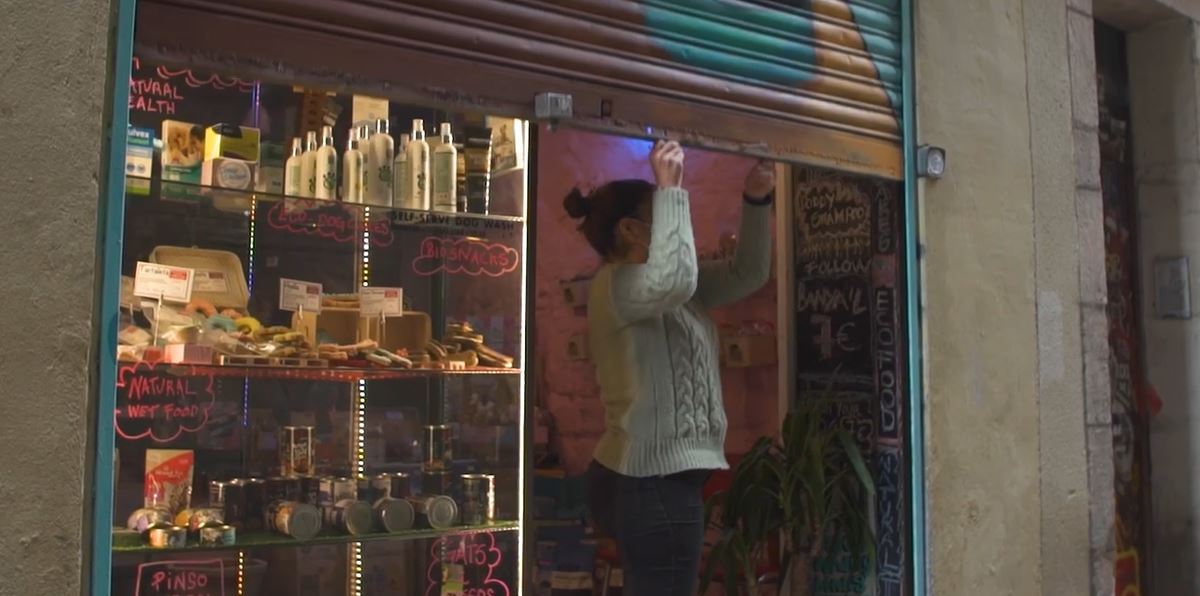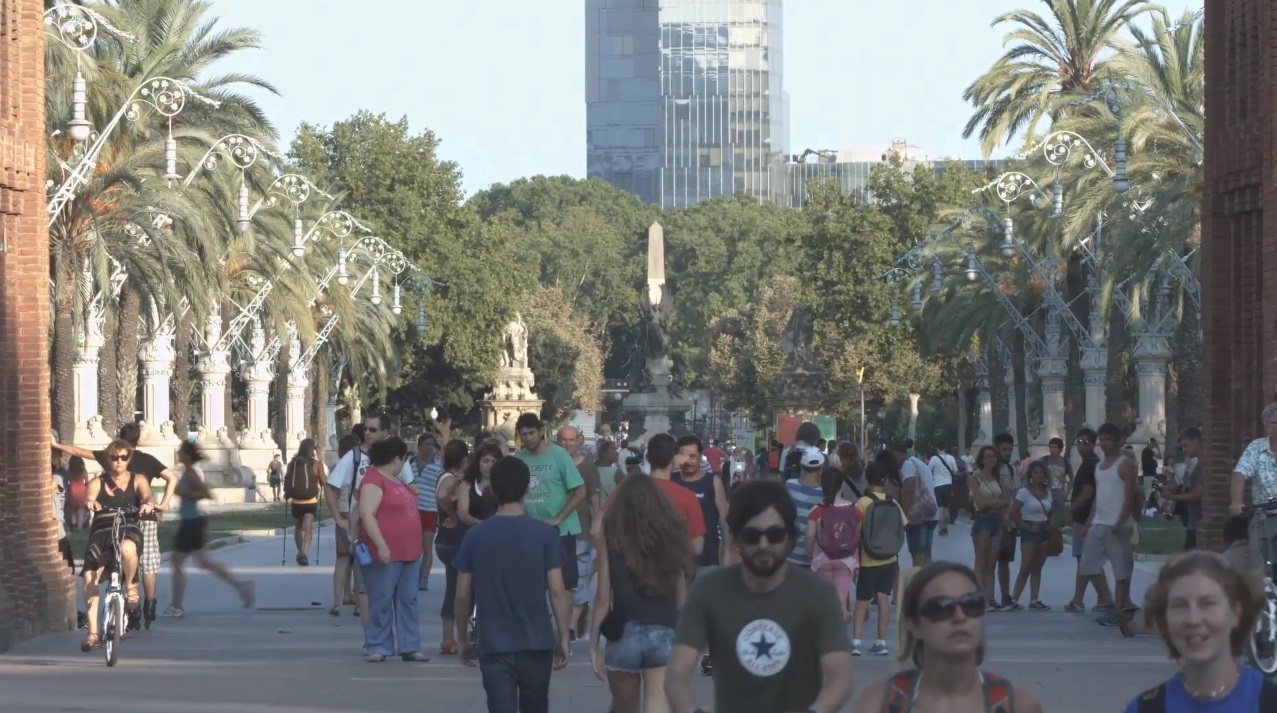
Tattoo and body modifications specialist
Other denominations
Dermographist (Skin writer)
Description
These professionals make changes to the skin or body of a person by introducing pigments, rings or other decorative elements. Depending on the type of procedure and technique used, we can talk about tattoos, piercings or lesser-known modifications, such as scarification, gauging, implants, etc.
Among the most demanding techniques, we find tattoos, where these professionals engrave images, symbols or designs on the skin of the person, by applying pigment below the epidermis. Specifically, the introduction of the colouring agents is carried out at a depth of 1.5 mm with disposable needles mounted on an electrical machine which vibrates over 1000 times per minute. To do their job, they must not only have technical and sanitary knowledge of the procedures, but also a high level of drawing and artistic creativity.
Another of the most extensive modifications are piercings, where these professionals pierce and place an earring or other pieces of jewellery, through specific needles or sharp elements, in the part of the body indicated by the client.
In all cases, these are very old techniques used by different cultures as a sign of religion, identity or aesthetics, which have become popular to become common decorative practices today.
Tasks
- Attend to customers on arrival and inform them about the types of tattoos and body modifications and possible locations, including risks: allergies and healing problems, among others.
- Advise customers on designs and explain the prior preparation required. If it is a tattoo, prepare the drawing, adapting its size and shape to the customer and tracing a replica before transferring it onto the skin. If it is a piercing or other technique, choose the size and shape of the piece that will be placed.
- Observe the anatomy of the person, locate the location where the procedure will be carried out, clean the area with antiseptic, shaving if necessary and anesthetize the area to avoid pain. In some cases, carry out a skin allergy test to check that the person will not have subsequent problems.
- Prepare the tools and material necessary to carry out the modification or tattoo, always unsealing them in front of the client.
- Assemble the electrical machine and the needles or instrument that they will use to make the modification and start the procedure. In the case of tattoos, they begin with the outline of the drawing and outline it, and, later, proceed to shading or fill in with colour, depending on the design.
- During the whole process, these professionals must watch the customer closely, ensuring his/her well-being and comfort.
- Once the intervention is finished, cover the area where the tattoo or modification has occurred and explain the care and hygiene maintenance guidelines that the clientele must carry out.
- Before and after each procedure, these professionals sterilise the instruments, isolate the materials that are not disposable and eliminate waste, in accordance with health and safety regulations.
- It is common for these professionals to have a catalogue with their own designs, to offer customers different types of tattoos and options for appealing and original body modifications.










 | Catalan | Beginner
| Catalan | Beginner | Catalan | Advanced
| Catalan | Advanced
 Open
Open



 | Catalan | Beginner
| Catalan | Beginner




